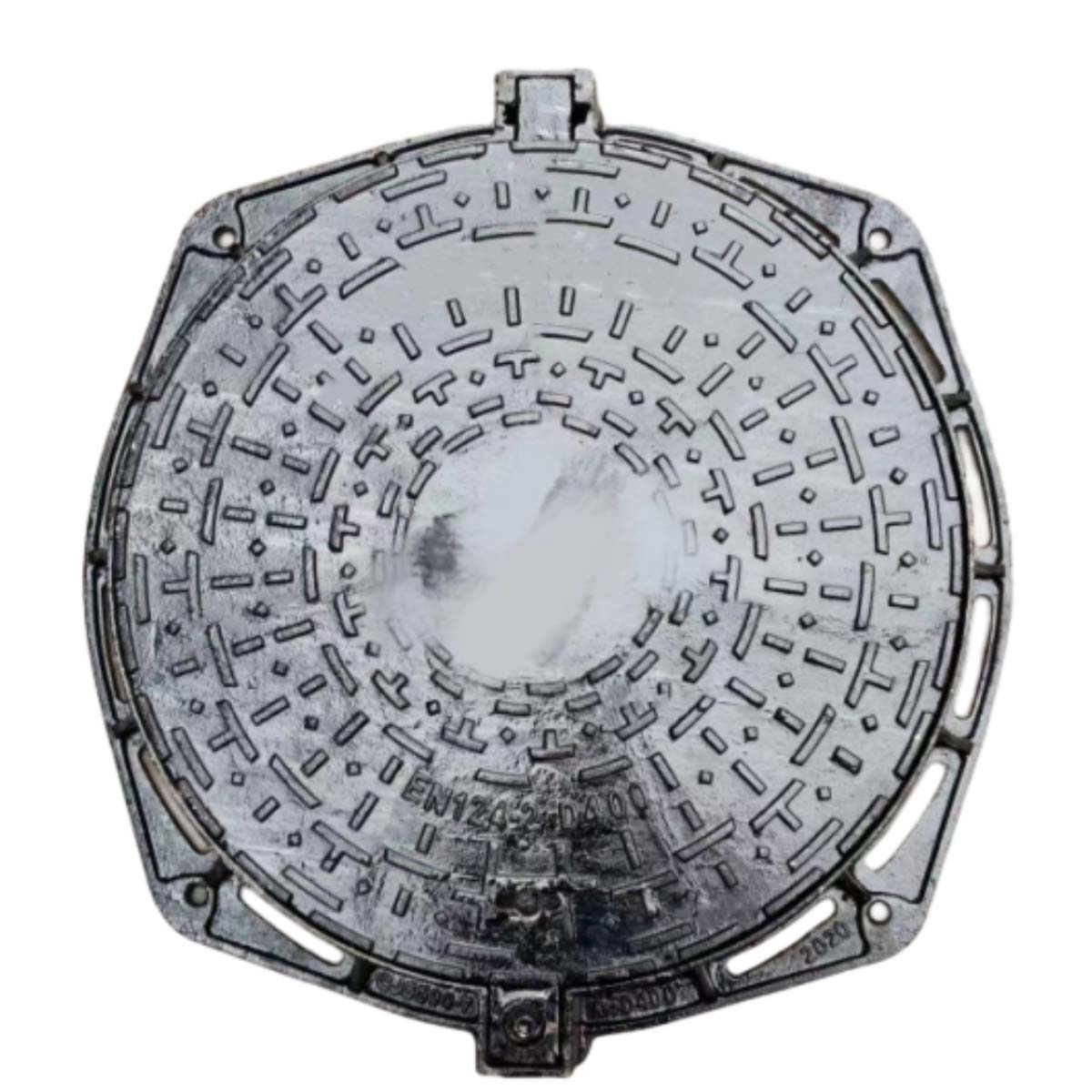Innovative Solutions for Installing In-Ground Bollards for Enhanced Security and Aesthetics
In-Ground Bollards A Comprehensive Overview
In-ground bollards are increasingly becoming a critical aspect of urban design, traffic management, and security. These robust, vertical posts are installed flush with the ground and can be raised or lowered as needed. Their versatility and functionality make them an integral feature in various settings, including commercial properties, pedestrian areas, and public spaces.
What are In-Ground Bollards?
In-ground bollards are specially designed poles that serve multiple purposes. When not in use, they are recessed into the ground, allowing for a clean and unobtrusive appearance. When needed, they can be raised to block vehicle access, delineate pedestrian pathways, or protect vulnerable areas. The mechanism of operation can be manual or automated, with hydraulic systems being especially popular for commercial applications.
Benefits of In-Ground Bollards
1. Traffic Control One of the primary applications of in-ground bollards is to control vehicle access in pedestrian-heavy areas. By deploying these bollards, cities can create safe zones for walking, biking, and recreational activities while preventing unauthorized vehicle entry.
2. Enhanced Security In-ground bollards are widely used in security applications, particularly in environments susceptible to vehicular attacks. By strategically placing them in front of sensitive buildings—such as government institutions, airports, or banks—cities can significantly mitigate the risk of incursions by vehicles.
3. Aesthetic Appeal Modern in-ground bollards come in a variety of designs, materials, and finishes, allowing them to blend seamlessly into the urban landscape. Customizable options are available, enabling communities to maintain their identity while enhancing safety and functionality.
in ground bollards

4. Space Efficiency Unlike traditional bollards that protrude from the ground and can create obstacles, in-ground bollards remain below the surface until activated. This feature maximizes the usable space in areas where pedestrian movement is key and eliminates tripping hazards.
5. Durability Constructed from high-quality materials such as stainless steel or concrete, in-ground bollards are designed to withstand various environmental conditions and impacts. Their robust nature ensures a long lifespan with minimal maintenance requirements.
Installation Considerations
Installing in-ground bollards requires careful planning and execution. Factors to consider include the soil type, depth of installation, and the weight capacity needed based on vehicular traffic. It is paramount to work with experienced professionals to ensure that the bollards are installed to withstand the intended use.
Operational Mechanisms
The operational mechanisms for in-ground bollards can vary widely. Manual versions require personnel to raise and lower the bollards physically. However, automated systems have gained more popularity due to their convenience and ease of use. Hydraulic and electric models offer instant activation and can be integrated into existing security systems for enhanced control.
Conclusion
In-ground bollards represent a perfect blend of functionality, safety, and aesthetics in modern urban planning. They offer cities and commercial properties a strategic solution for managing vehicle access and ensuring pedestrian safety while enhancing the visual appeal of public spaces. As urban areas continue to evolve, the importance of such innovative solutions will only increase, making in-ground bollards an essential feature of the contemporary landscape. Whether used for traffic control, enhancing security, or simply improving the visual environment, in-ground bollards play a pivotal role in shaping our cities.
-
The Smarter Choice for Pedestrian AreasNewsJun.30,2025
-
The Gold Standard in Round Drain CoversNewsJun.30,2025
-
The Gold Standard in Manhole Cover SystemsNewsJun.30,2025
-
Superior Drainage Solutions with Premium Gully GratesNewsJun.30,2025
-
Superior Drainage Solutions for Global InfrastructureNewsJun.30,2025
-
Square Manhole Solutions for Modern InfrastructureNewsJun.30,2025
-
Premium Manhole Covers for Modern InfrastructureNewsJun.30,2025
